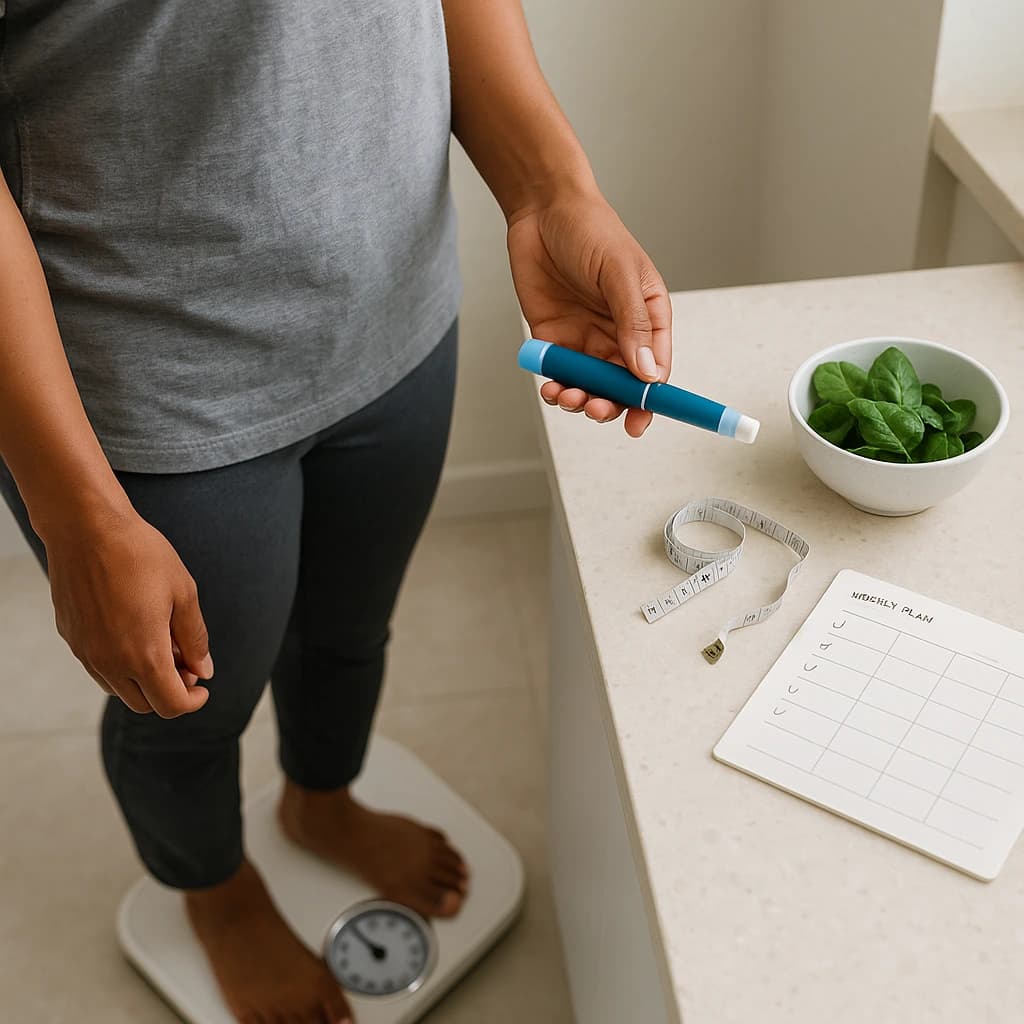Average Weight Loss on Ozempic (What Studies Show)
By weekly dose (0.5 mg → 1.0 mg → 2.0 mg). In diabetes‑focused trials, higher weekly doses of semaglutide tend to produce greater weight reductions, with the 2.0 mg strength outperforming 1.0 mg and 0.5 mg once people reach and tolerate maintenance. Consolidated trial summaries report progressively larger average losses over ~30–40 weeks as dose increases, alongside improvements in glycemic control; see Drugs.com’s roundup of Ozempic weight‑loss results for an accessible synthesis of the dose–response pattern, time frames, and key caveats, including the role of titration and side‑effect management for context beyond a single study.
With and without diabetes (context). People without diabetes generally lose a higher percentage of body weight on semaglutide than people with type 2 diabetes, largely because non‑diabetic trials use the 2.4 mg obesity dose (marketed as Wegovy) and pair it with structured lifestyle programs. A landmark placebo‑controlled trial reported mean losses approaching the mid‑teens (% body weight) at 68 weeks on 2.4 mg weekly, illustrating the upper end of what the class can achieve when maximally dosed and supported (note that this differs from Ozempic’s lower diabetes doses).
Typical % ranges (practical takeaway). On antidiabetic doses of semaglutide (0.5–2.0 mg weekly), trial and real‑world summaries commonly land in the mid‑single‑digit to low double‑digit percent loss range over 6–12 months, assuming adherence and lifestyle support. On the obesity dose (2.4 mg), averages are higher and timelines longer (≈1 year+), so manage expectations accordingly and align dose, goals, and support plan with your clinician for sustainable results.



